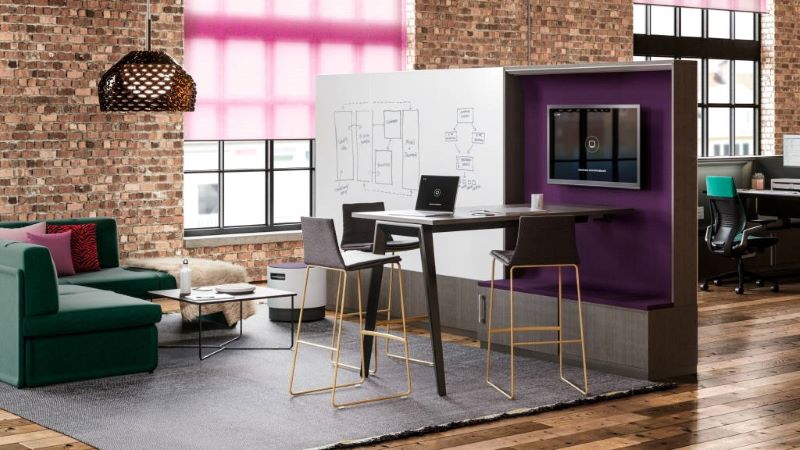Trends in office design are constantly evolving. The furniture that fills your workspace and the way it’s arranged can play a crucial role in worker productivity and team morale. As more millennials enter the workforce, managers must ensure their office environments feel welcoming to newcomers and foster a pleasant atmosphere in which to work and collaborate. In the coming year, employees will be looking for some key elements in their ideal workplace.
Adaptable Furniture
When you hire someone, you are likely extending the offer based on a set of skills – not just one talent. Why shouldn’t your standards be the same for your office furniture? Choose pieces that are multifunctional so they can benefit your office in more way than one.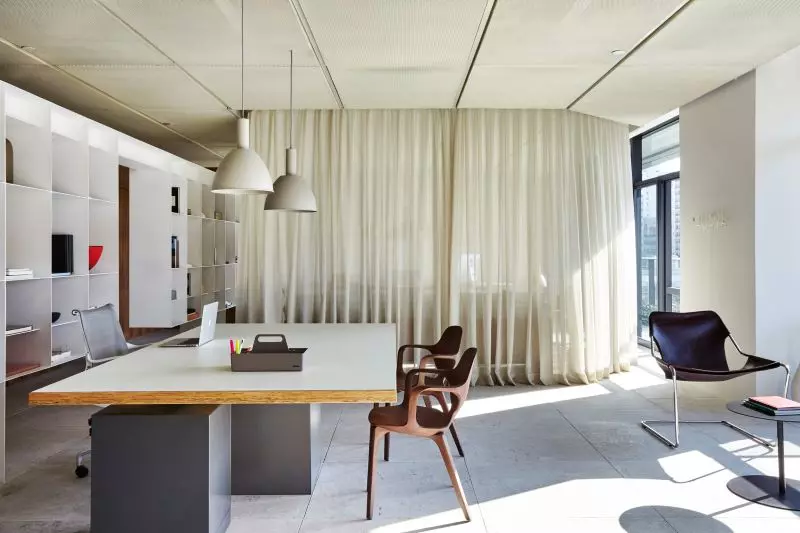
Adaptable furniture lets employees change a room so it meets their needs at a given time. Then, people can rearrange chairs, benches, and tables when needed, giving teams greater autonomy over their work environments — something every employee appreciates. Plus, these pieces can save you money and space in your office by taking on several roles.Modular furniture allows spaces to be moved aside for private conversations. Or, people can push furniture pieces together for team meetings.Height-adjustable desks allow workers to stand or sit as they please, depending on what their needs are. These encourage healthy posture at work and can help some workers focus.
Focus on Nature
Many of today’s workers are environmentally conscious, making an effort to buy sustainable products and reduce their carbon footprint. Reflect their values by doing the same. Integrate elements of nature into your office design by bringing in plants or even creating a living wall.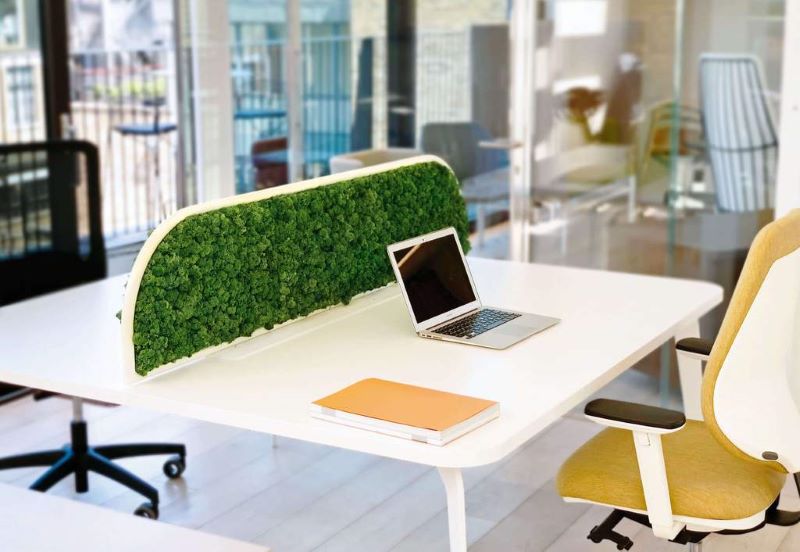
One way you can bring the natural world into your work environment is by purchasing items from brands that focus on sustainability. For example, Steelcase makes an effort to be environmentally aware in its furniture design and refrain from adding unnecessary or wasteful elements to its products.
Integrate Technology
Today’s workforce is primarily made up of millennials, with the younger Generation Z beginning to trickle into offices across America. These youthful employees have been using technology since childhood. According to a Gensler study, 80 percent of employees have said that technology, including mobile devices, laptops, and video conferencing capabilities, has changed their workplace for the better.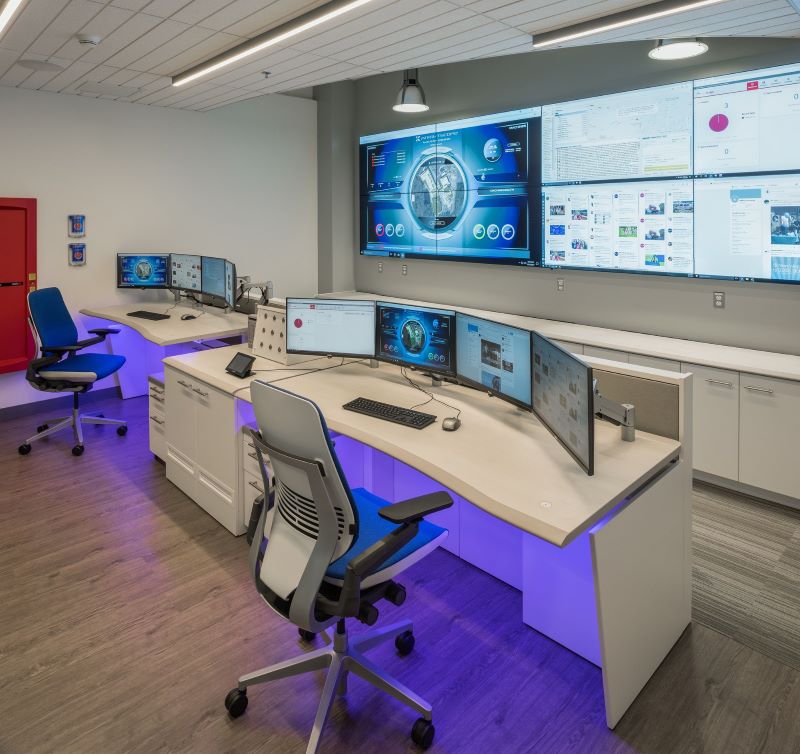
New technologies allow the office to be much less rigid than before. Employees who work on tablets or laptops can pick up their work and take it with them – so why not make this easy for them? Equip your team with the capability to complete projects from any quiet corner in the office.Use sofas and comfortable chairs to make an inviting lounge area where people can work independently or as a team. Or, let team members share and collaborate at their desks by equipping workstations with monitor arms that allow people to easily move their computer monitors up, down or side to side.
Intentional Design
It’s not enough to simply have room for employees. Gensler’s study found that 90 percent of respondents believed that office design is important to individual and organizational productivity. This shows how essential it is that the office’s atmosphere is designed specifically to promote productivity and positivity. Be sure you know what your employees want and need in an office setting. Also, get to know what elements are key in keeping your employees happy and healthy.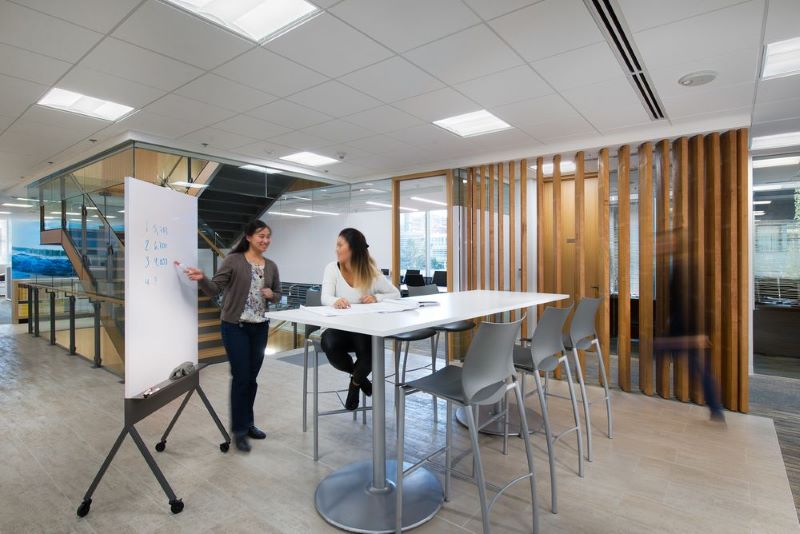
For example, incorporating ergonomic features like height-adjustable desks or chairs meant to support healthy posture will show your employees you care about their well-being. Plus, these investments will promote healthy habits and decrease lost productivity and absenteeism caused by musculoskeletal pain, and other detrimental or distracting health problems.Designing a workplace for the next generation will take careful forethought and intentional choices. Luckily, you can rely on Office Designs to help guide you through the process.
5 Office Design Mistakes That Can Hurt Your Business
Your office is one of the most important parts of your business’s culture. Though some business owners and office managers underestimate the importance of a workspace’s look and feel, this can make a huge difference when it comes to whether or not your business succeeds. A well-designed office can do all sorts of wonderful things for a company, from boosting productivity to increasing interest from prospective employees or clients. On the other hand, a poorly designed office can harm a business’s prospects. Here are just a few of the ways you can tell if your office space is bringing your company down:
Reflects the wrong image, or no image at all
One of the most important things a company can do is to have a consistent brand. This mainly applies to marketing materials like business cards and websites but it also extends to your office space. If your company markets itself as a fun, laid-back business, your office space should reflect that. Alternatively, if your company’s marketing materials are all serious and formal, but your office is full of bright colors and bean-bag chairs, you’ll send a mixed message as well. Make sure your office’s design lines up with your overall brand.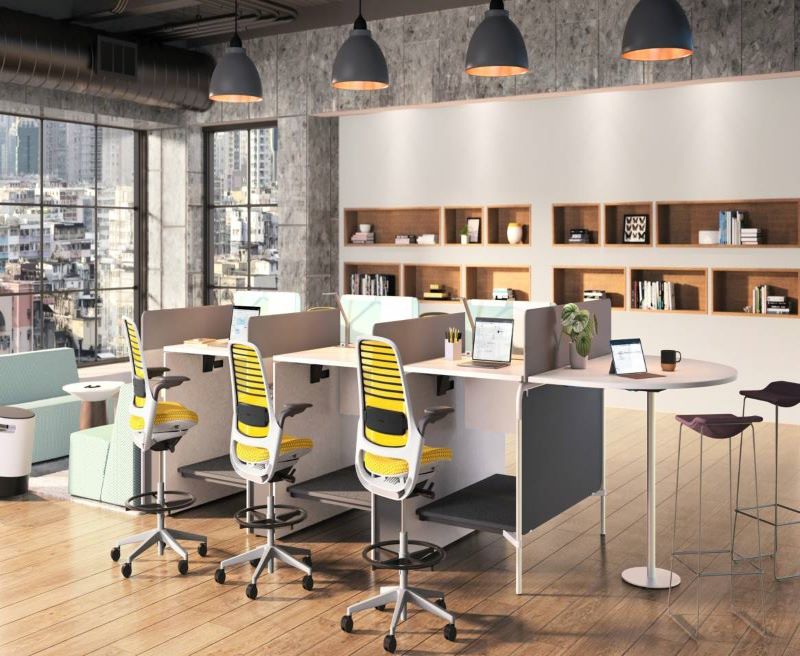
Inhibits productivity
There are all kinds of philosophies about what type of office layout is best for fostering productivity, but there are some aspects that will always drain your employees. For example, if you haven’t taken care to ensure your lighting is bright enough, workers can find themselves feeling drowsy all day long. If it’s too bright, you can cause headaches. Whether it’s a loud elevator door or a poor heating and cooling system, little in-office distractions can slow your workers down and cost your company money.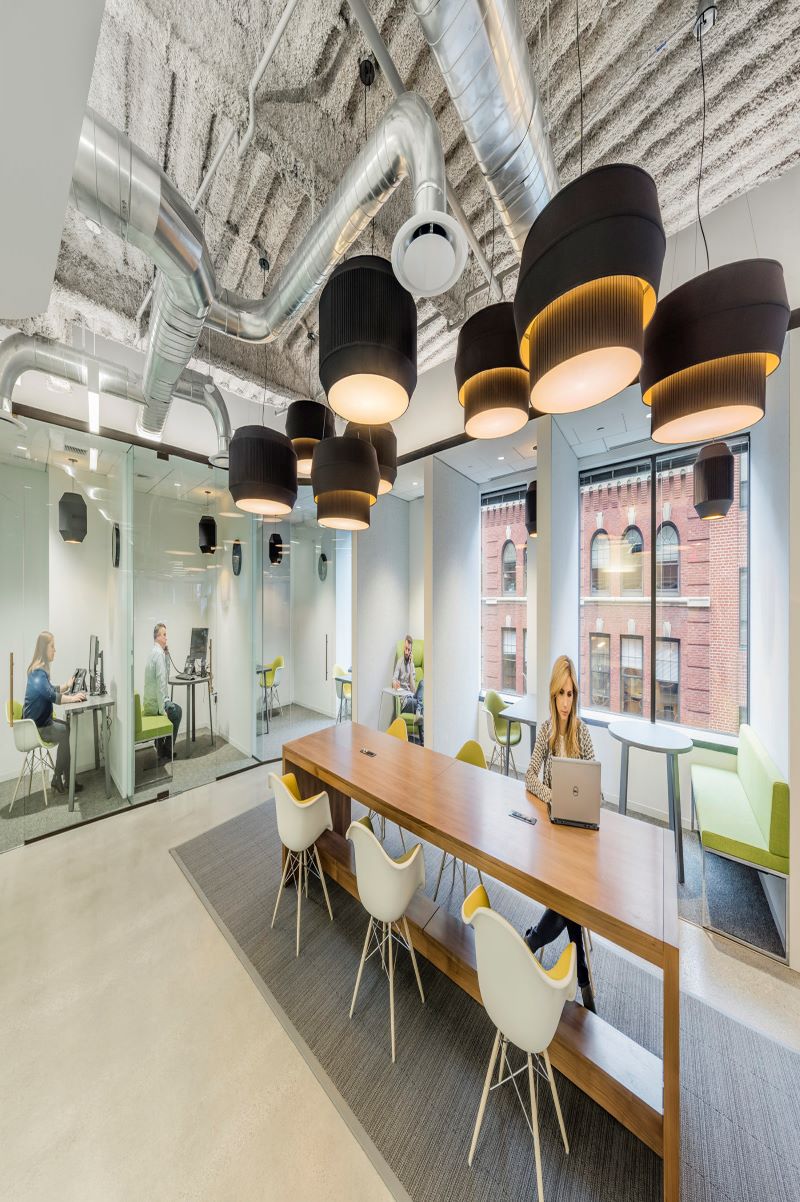
Uninviting
Even if your office is formal, it should be inviting. The last thing you want to do is bring in prospective employees for an interview and have them disinterested the second they walk through the door. All kinds of small details can ruin an interviewee’s first impression. If the chairs are visibly uncomfortable, for example, it could signal that your company doesn’t make employee comfort a priority. If there’s no obvious lunch space, potential employees might think there’s no room for getting to know co-workers in the office.
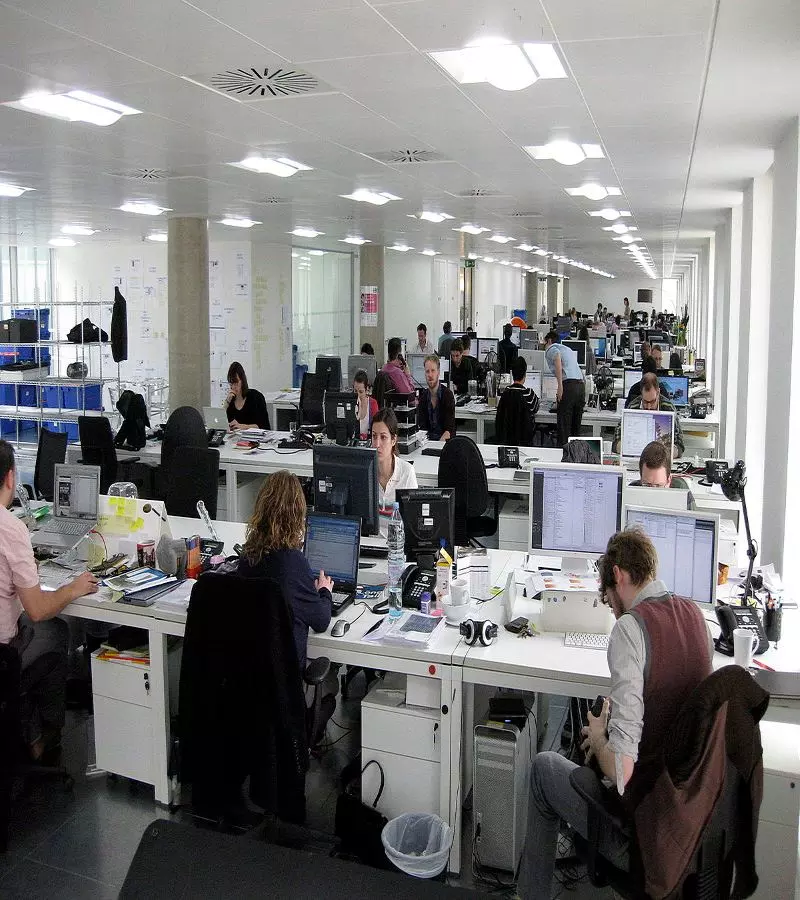
Not ergonomic
Ergonomically designed chairs and desks go a long way toward improving productivity and reducing the cost of work-related strain and injury. When this element isn’t considered while picking desks or office chairs, it has a big impact in the long run. Poorly supported workers who are seated all day are likely to develop back or neck issues, as well as nerve problems such as carpal tunnel. Investing in ergonomic furniture will have a huge return in the long run, as workers will cost less and make more while seated comfortably.
Doesn’t offer a privacy-collaboration balance
An office should have a good mix of private and public spaces. Open office spaces are a great way to facilitate conversation and collaboration, but they must go hand in hand with more private rooms. If there’s no place for people to go to hold meetings or have creative discussions, they’ll be forced to do so within ear or eye shot of everyone else. Not only will this inhibit progress, but it will also serve as a huge distraction to those working on their own.
